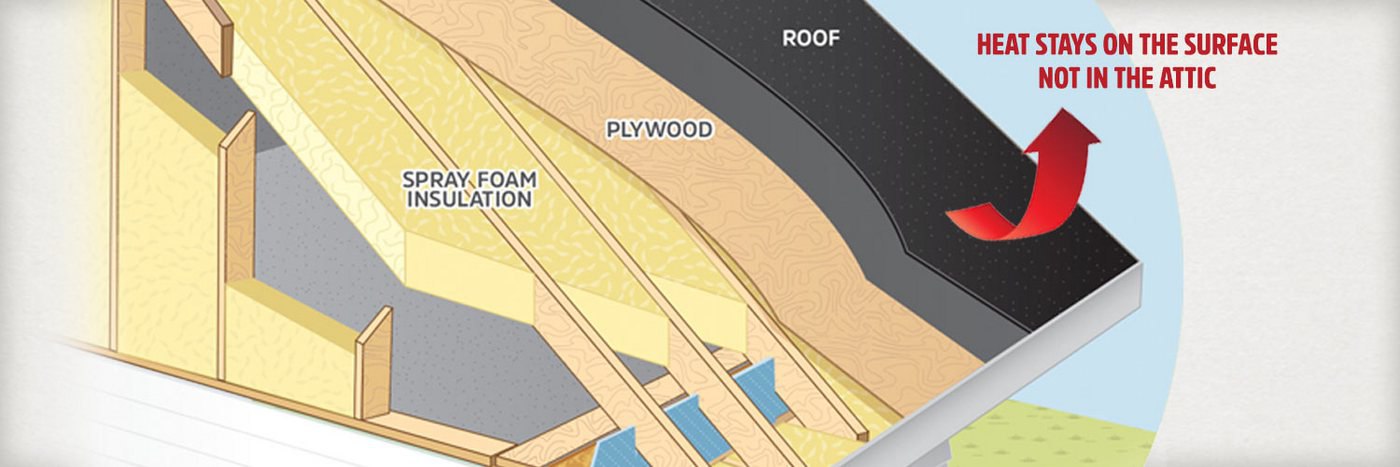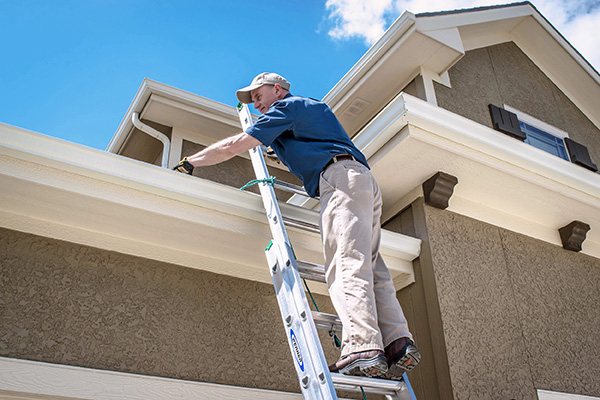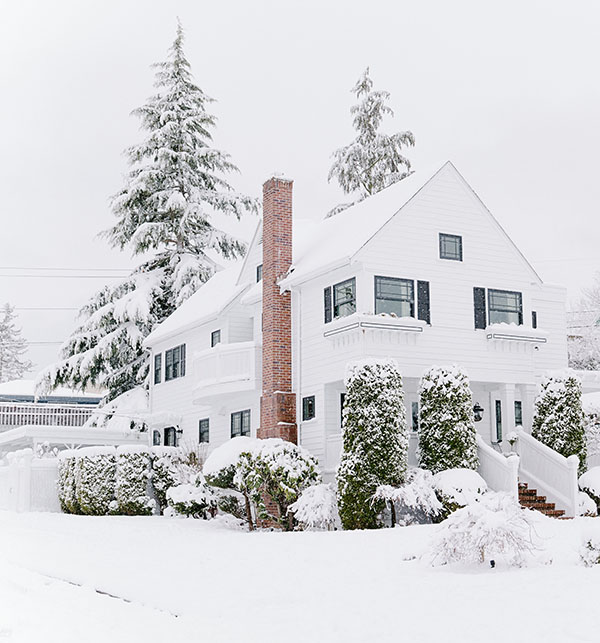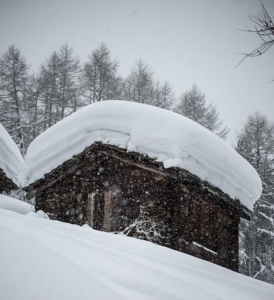Has anyone ever told you that spray foam insulation will damage your roof shingles and void your warranty? Guess what? They are wrong!
Founded in 2007, The Green Cocoon has more than 14 years of experience; insulating attics. As a result, we have heard many stories about shingles. But, the biggest fear is that your roof shingles will be damaged by spray foam insulation. Consequently, we are helping alleviate homeowners’ fears by showing them the benefits of having spray foam insulation.
Is Spray Foam Bad for Shingles?
One of the biggest fears people have is that spray foam will make shingles curl because they overheat. This misconception came about when people believed insulation was a heat source and were concerned about having a “hot roof.” In actuality spray foam is a barrier between two areas of different temperatures, for example, your attic space compared to your snowy roof.
 Photo courtesy of RetroFoam of Michigan
Photo courtesy of RetroFoam of Michigan
If you don’t know the term “hot roof,” I’m sure you’ve heard of an unvented attic. If your roof deck has been insulated, that means your attic space is now part of your home’s conditioned space. This method of insulating the attic can actually be good for your roof because it can help prevent ice dams.
The Florida Solar Energy Center did a study a few years ago during the peak summer months in Florida—a state that gets much hotter than New England—measuring the temperatures of roof shingles above an attic with a radiant barrier. Depending on the color of the shingles, the study found the shingles peak temperatures were between 2- and 5-degrees Fahrenheit higher than the temperature of shingles in the same conditions without a radiant barrier.
What this study means is that you can insulate the roof deck of your home with foam insulation without any adverse effects to your shingles. Foam insulation creates thermal resistance, which is keeping the hot air out during the summer and the cool air inside.
Insulating Your Attic with Spray Foam
Now that we’ve shown you the research that your shingles won’t curl or get ruined with spray foam insulation, you might be curious about the benefits of foam insulation in your attic.
If you have general questions, check out the FAQ section of our website. For more in-depth questions, contact us and we would be happy to answer any them.








 If your attic has no (or little)
If your attic has no (or little) 
